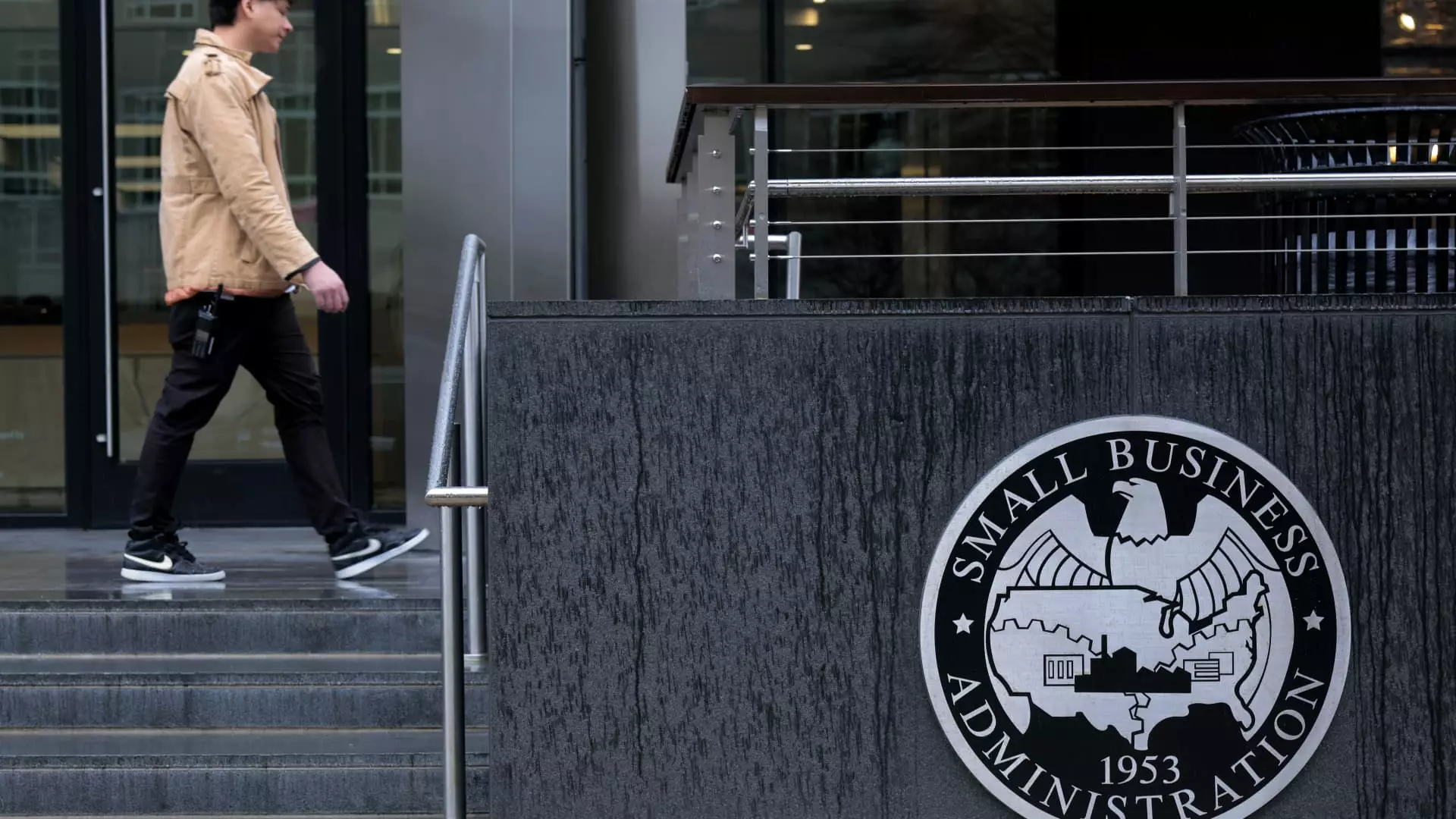In a surprising turn of events, a federal judge has intervened to halt President Donald Trump’s audacious strategy to transfer the management of the nation’s substantial $1.6 trillion student loan portfolio from the U.S. Department of Education to the Small Business Administration (SBA). This bold yet reckless move, initially proposed by Trump in March, would have impacted over 40 million student loan borrowers, only to be quickly thwarted by Judge Myong J. Joun’s preliminary injunction in late May. The ruling not only reinstates over 1,300 employees at the Education Department but also signifies a much-needed check on the Executive’s propensity for sweeping changes without due consideration.
In essence, the judiciary has acted as a guardian of educational integrity, reinforcing the principle that substantial administrative changes must prioritize the best interests of borrowers rather than political agendas. It is disconcerting that such a deviation from established norms was ever entertained, indicating a governance approach that prioritizes expedience over effectiveness. Judging by the nature of the ruling, one can’t help but wonder if the administration was even prepared to manage such a colossal transformation.
Efficiency or Confusion? The Question That Haunts Trump’s Proposal
Deputy Assistant Secretary for Communications at the Education Department, Madi Biedermann, decried the judicial outcome as a misstep by a “far-left judge,” showcasing a misunderstanding of the judicial checks that are fundamental to a functioning democracy. In her fervor, however, Biedermann missed the crux of the issue: can efficiency truly be achieved by disengaging a complex and cumbersome system from its expert oversight? Critics, including education advocates, point to the potential for catastrophic mismanagement, citing data breaches, borrower confusion, and a deterioration of crucial programs like Public Service Loan Forgiveness as inherent risks.
Sarah Sattelmeyer, a project director at New America, brilliantly articulates the pitfalls of Trump’s plan, stating that the proposed transfer would only foster chaos rather than foster the intended efficiency. This insight highlights a critical flaw in the administration’s reasoning, underscoring that the existing framework has successfully secured student rights and accessibility. Why risk dismantling a relatively stable system in favor of a gamble that could have far-reaching repercussions?
Privacy and Protections at Risk
The apprehension surrounding the proposed transfer is steeped in legitimate fears regarding the safeguarding of borrower privacy and protections. With previous managed transitions resulting in errors and data vulnerabilities, the notion of entrusting the SBA—an agency with no substantial experience in handling educational financial aid—with such an enormous responsibility borders on negligence. The potential for lost documents, misunderstood payment schedules, and compromised borrower data is not just a statistical possibility; it’s a tangible threat that borrowers would be forced to reckon with.
Mark Kantrowitz, a recognized authority in higher education finance, articulates the absurdity of this transfer without legislative backing. The Higher Education Act of 1965 clearly delineates the responsibilities of the Department of Education in managing federal student loans. Moving the portfolio to the SBA would ultimately necessitate Congressional action, rendering Trump’s proclamations little more than hollow assertions. This glaring disregard for protocol raises critical questions about the administration’s competency and its commitment to preserving the rights of millions of affected borrowers.
Decreased Workforce, Increased Responsibility
Adding insult to injury, the Trump administration has announced a substantial 43% reduction in the SBA’s workforce, exacerbating concerns about their ability to manage the student loan portfolio effectively. The contradiction in reducing personnel while simultaneously expanding responsibilities starkly illustrates the administration’s ill-considered foreign and domestic policy strategies. It poses a perplexing query: how can a decimated agency be positioned to oversee a Federal student loan program requiring precision, empathy, and an understanding of educational finance?
The implications here are profound. Borrowers depend on fair treatment and effective support systems to navigate the labyrinth of student loans. Any disruption to these institutions not only undermines individual economic stability but also jeopardizes a generation’s access to vital educational opportunities. The ramifications extend beyond fiscal numbers; they touch on the very fabric of American society, where education is often viewed as a pathway to progress.
In a time where student debt has become an albatross, the importance of safeguarding educational equity cannot be overstated. The judicial ruling blocking Trump’s plan reaffirms the notion that expertise and experience in management should take precedence over political whims and unstructured ambitions.

